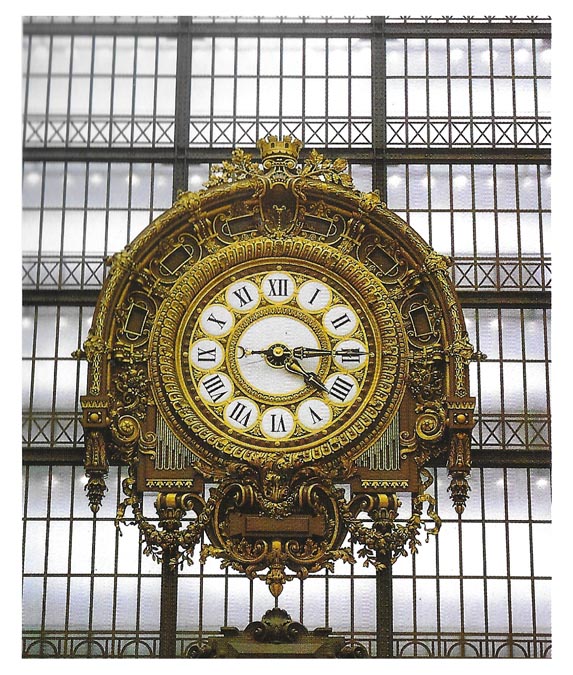

It is May.
Time to stroll the streets of Paris.
Isn’t life grand?
Let us begin on the oldest street in Paris, the rue Nicolas Flamel in Le Marais. Following little lanes and cobbled roads, we walk the large and luxurious boulevards of the Right Bank, or down the secret medieval alleys of the Left Bank. Doesn’t Paris enchant?
Adjacent to the Tuileries gardens is the rue de Rivoli and just minutes from the Louvre. We go to the rue Chanoinesse on the rue des Rosiers. Springtime in Paris has no equal in all the world. The budding trees, the birdsong, the blooming house gardens, and the international parade of visitors ensure that we will not want to leave this city. But we must, and on a train to Pisa, Italy.
When my daughter and I visited Paris in 1979, we saw the Mona Lisa at the Louvre, walked through Notre Dame Cathedral, strolled down the Champs Elysess, and bought warm sugar crepes at a street vendor’s site.. Our hotel provided warm baguettes and hot chocolate for breakfast. A young Frenchman assisted us with our luggage when we made our exit at the train station en route from Calais.
In the 18th Century the quai d’Orsay was an undeveloped area with a few large town houses. It became one of the favorite spots of the Parisian aristocracy, marked by the building of the Hoteo de Salm between 1782 and 1788. In 1810 Napoleon decided to erect a building there for the Ministry of Foreign Affairs.

The Musee d’Orsay building was originally a railway station. It was completed in time for the 1900 Exposition Universelle and its design was considered an anachronism. The square next to the museum displays six bronze allegorical sculptural groups in a row which were originally produced for the Exposition Universelle.
The Musee sits on the Left Bank of the Seine River. The Museum holds mainly French art dating from 1848 to 1914. It holds the largest collection of Impressionist masterpieces in the world. Painters such as Renoir, Degas, Manet, Monet, Seurat, Cezanne, Gauguin, and van Gogh. Vincent van Gogh’s Starry Night Arles, of September 1888 is on exhibit there. Musee d’Orsay had more than 36 million visitors since its opening in 1986.
The origins of the Salon began in the 17th Century. The Royal Academy of the Arts organized exhibitions of living artists in the Salon Carre at the Louvre. A jury nominated by the Academy would decide which artists were accepted. It was a means of making the artist known to the public. An artist’s future depended on their success at the Salon.
There are temporary Musee exhibits, concerts, cinema festivals, courses, and conferences, which bring visitors to a place provoking discoveries and above all, pleasures. The Great Clock in the central aisle has been preserved.
Beginning in 2020 the Museum began a radical transformation with funds provided, in part, by an anonymous U.S. patron who donated 20 million pounds to a building project known as Orsay Grand Ouvert (Orsay Wide Open). The gift was made viby way of the American Friends of the Musees d’Orsay et de l’Orangerie.
This lovely time of visiting Paris is just about concluded. We pack the luggage and wistfully say goodbye to this enchanted City of love. Postcards home are mailed. There will be a 14-hour overnight train ride to Pisa, Italy, and more adventures.

